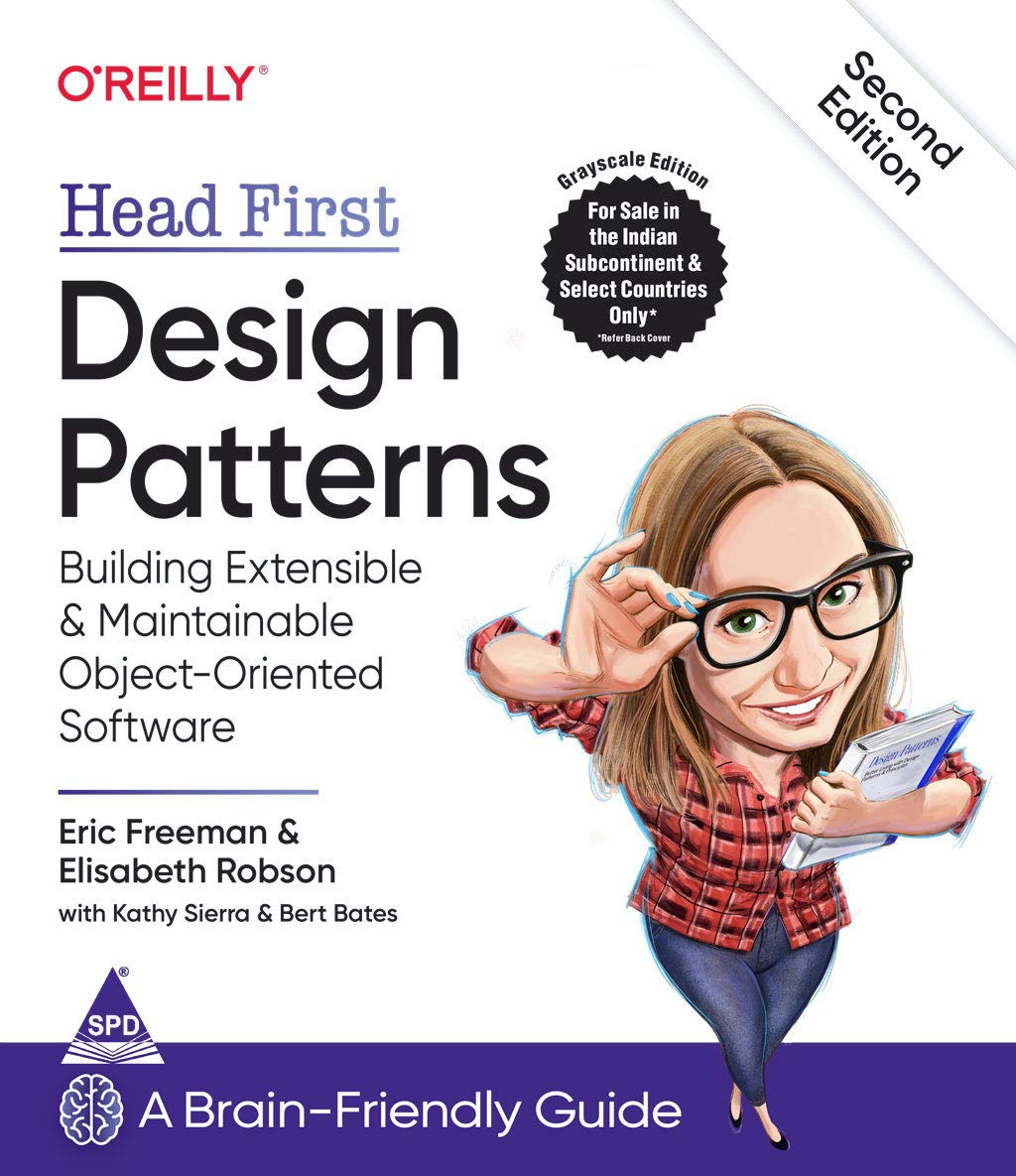🧩 Free XML Formatter — Beautify, Validate & Clean XML Instantly Online
Working with XML shouldn’t feel messy or confusing. With LangStop’s XML Formatter, you can quickly beautify, validate, fix, and minify XML in one click — no installs, no login, no ads.
Whether you're working with APIs, config files, RSS feeds, SAML, SOAP, SVG, Android layouts, or enterprise systems, this tool formats your XML into a clean, readable structure that makes debugging effortless.
Perfect for developers, testers, analysts, students, and enterprise teams.
⭐ What Is an XML Formatter?
An XML formatter (also called XML beautifier or XML prettifier) is a tool that reforms and indents XML markup into a structured, easy-to-read layout.
Raw XML often looks like this:
<root><a><b>123</b></a></root>A formatter transforms it into:
1<root>
2 <a>
3 <b>123</b>
4 </a>
5</root>This makes debugging, editing, and understanding XML dramatically easier — especially when working with large documents.
🚀 Why Use LangStop’s XML Formatter?
LangStop’s XML Formatter is built for speed, accuracy, and developer productivity — the things traditional formatting websites often lack.
🔹 1. Instant XML Beautification
Automatically formats any XML:
- SOAP
- SAML
- XSLT
- SVG
- XHTML
- Android XML
- Config files
- REST API XML responses
Just paste → formatted instantly.
🔹 2. XML Validator Included
The tool validates your XML for:
- Missing tags
- Improper nesting
- Encoding errors
- Invalid characters
- Incorrect attribute formatting
- Malformed structure
You get clear error messages with exact line numbers to fix XML faster.
🔹 3. XML Minifier (Compress XML)
Need compact XML for machines or file size reduction?
Compress XML by removing:
- Whitespace
- Indentation
- Line breaks
- Comments (optional)
Great for performance-sensitive applications.
🔹 4. Supports Massive XML Files (No Lag)
Large XML? No problem.
The formatter handles:
- Big SOAP responses
- Multi-MB SAML assertions
- Huge config files
- Entire enterprise XML payloads
Thanks to optimized client-side processing.
🔹 5. 100% Privacy — Everything Runs in Your Browser
Your XML never leaves your device.
- No uploads
- No logs
- No third-party sharing
- Perfect for enterprise & confidential data
🔹 6. Clean UI with Dark Mode ✨
Built for long debugging sessions:
- Beautiful dark theme
- No clutter
- No ads
- No popups
- Instant formatting
XML formatting feels smooth and modern.
🛠 Features at a Glance
| Feature | Supported |
|---|---|
| XML Formatting | ✔ |
| XML Validation | ✔ |
| XML Minification | ✔ |
| Syntax Highlighting | ✔ |
| Error Highlighting | ✔ |
| Auto Indentation | ✔ |
| Dark & Light Themes | ✔ |
| Copy / Download | ✔ |
| Client-Side Only | ✔ |
📊 Use Cases
✔ API Developers
Format SOAP or REST XML payloads instantly.
✔ QA Testers
Validate XML from automated scripts, test cases, or mock servers.
✔ Mobile Developers
Format Android layout XML or manifest files.
✔ Cloud & DevOps Engineers
Beautify Kubernetes XML configs, server config files, or CI/CD XML definitions.
✔ Students & Learners
Understand XML structure better with clean indentation.
✔ Enterprise Teams
Inspect SAML, SSO responses, WSDL files, and configuration dumps.
🔍 XML Formatter SEO Keyword Cluster
Primary Keywords
- XML formatter
- XML beautifier
- XML prettifier
- format XML online
- online XML formatter
Secondary Keywords
- XML validator
- XML minifier
- beautify XML tool
- pretty print XML
- XML beautify
- fix XML online
Long Tail Keywords
- free online XML formatter without ads
- best XML beautifier tool
- XML formatter with validation
- format and fix XML errors
- pretty print XML code online
- XML formatter for large XML files
This provides strong semantic coverage for search engines.
💡 Why XML Formatting Matters
XML is widely used across:
- Payment gateways
- Banking systems
- Insurance providers
- Government applications
- Mobile apps
- Identity providers (IdP)
- Enterprise auth (SAML, OAuth)
- Legacy systems
- IoT devices
Without proper formatting, XML errors can cause:
- Broken integrations
- Failed deployments
- Data loss
- Security issues in identity workflows
Formatting is the first step toward reliable debugging.
🧠 How the XML Formatter Works
- Paste your raw XML
- The parser validates structure
- The beautifier applies indentation rules
- The renderer outputs a clean, structured XML
Behind the scenes, the formatter uses:
- XML DOM parsing
- Recursive tree traversal
- Proper indentation handling
- Encoding safety
- Schema-independent validation
🧪 Example Input → Output
Input:
<user><id>1</id><name>Alice</name></user>Output:
1<user>
2 <id>1</id>
3 <name>Alice</name>
4</user>Readable. Accurate. Zero effort.
🏁 Final Thoughts
LangStop’s XML Formatter is one of the fastest, cleanest, and most privacy-friendly XML formatting tools online. Whether you're debugging a SOAP request, analyzing a SAML response, formatting Android XML, or cleaning enterprise data structures, this tool gives you:
- Accuracy
- Speed
- Simplicity
- Zero friction
- No data exposure
👉 Try the XML Formatter now on LangStop — format XML instantly.





